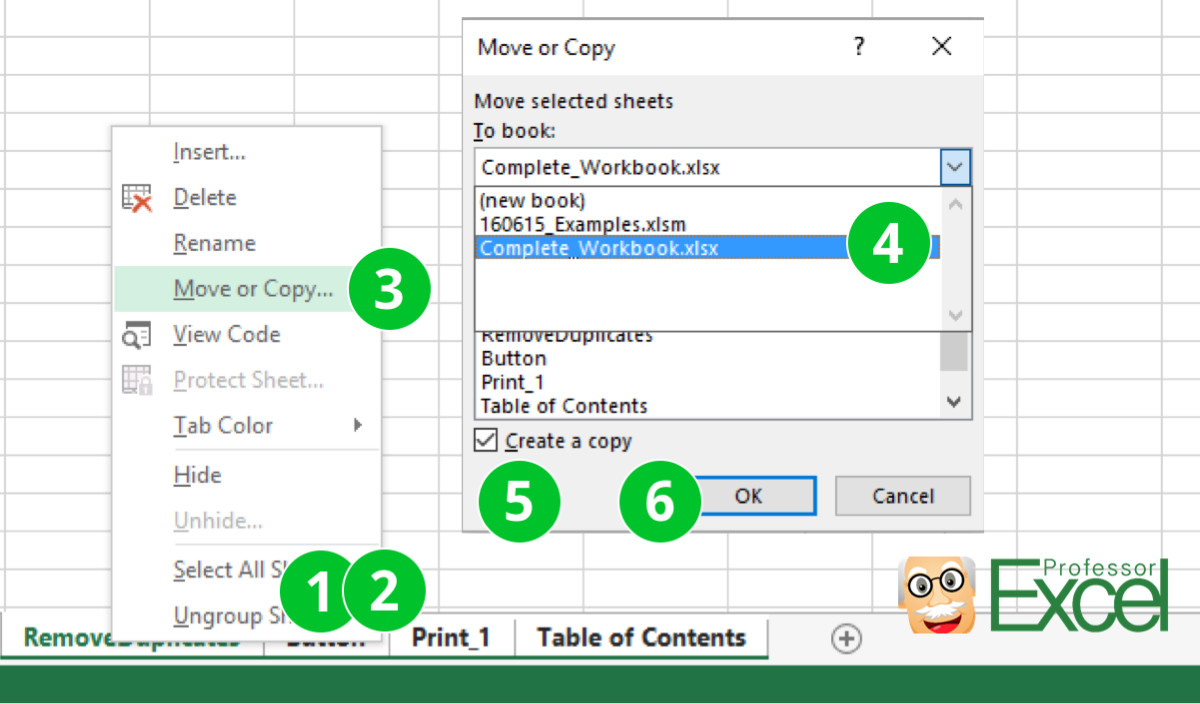Easily Read Excel Data in JavaScript: Step-by-Step Guide

Understanding Excel Files

Excel files, which typically end in .xls or .xlsx, are a common format for storing and organizing data. They consist of spreadsheets containing rows, columns, and cells. To work with Excel files in JavaScript, understanding this basic structure is crucial.
📝 Note: Excel files from Microsoft Office 2007 onward use the .xlsx format which is an XML-based format, unlike the older .xls which was binary-based.
Setting Up Your Environment

Before diving into reading Excel files with JavaScript, you need to set up your development environment:
Node.js: Make sure Node.js is installed, as we’ll need its package manager (npm) for dependencies.
npm: Node Package Manager is already included with Node.js. You’ll use it to install necessary libraries.
<img src="path/to/nodejs-setup-image.png" alt="Node.js Setup Instructions">
📌 Note: For a detailed guide on setting up Node.js, please refer to the Node.js official documentation.
Using XLSX.js to Read Excel Files

XLSX.js, a robust library for Excel file manipulation, is your go-to tool for reading Excel data in JavaScript:
- Install XLSX: Open your terminal or command prompt and execute:
npm install xlsx
- Import the Library: In your JavaScript file, import XLSX:
const XLSX = require('xlsx');
- Read the File:
const workbook = XLSX.readFile('path/to/your/file.xlsx');
- Access Worksheet: Worksheets within the workbook can be accessed:
const firstSheetName = workbook.SheetNames[0];
const worksheet = workbook.Sheets[firstSheetName];
- Convert to JSON:
const jsonData = XLSX.utils.sheet_to_json(worksheet, {header: 1});
📍 Note: The header: 1 option tells the utility to use the first row as headers. Omit this if your Excel file has headers already.
Dealing with Different Excel File Formats

.xls Files: Older Excel versions use this format. XLSX.js can still read these, but performance might be slower than for .xlsx files.
.xlsx Files: Use this format for better efficiency with XLSX.js.
Other Formats: If dealing with .ods, .csv, etc., consider using other libraries or converters as XLSX.js has limited support for these.
Processing Excel Data in JavaScript

Once you have your Excel data in JSON, you can manipulate it:
- Looping through Rows: Iterate through each row to process or extract data:
jsonData.forEach(row => {
console.log(row); // Access data in each row
});
- Filtering and Manipulating: Apply JavaScript’s built-in methods like
filter(),map(), orreduce()to process data:
const filteredData = jsonData.filter(row => row[0] === 'Expected Value'); // Example filtering
- Handling Dates and Numbers: Excel formats dates and numbers uniquely; ensure you handle these correctly:
const handleDate = (value) => {
if (typeof value === 'number') {
// Excel dates are stored as integers, where 1 represents January 1, 1900
const date = new Date((value - (25567 + 2)) * 86400 * 1000);
return date.toISOString().slice(0, 10); // Convert to YYYY-MM-DD
}
return value;
};
🔍 Note: The above method assumes Excel uses the 1900 date system. If your file uses the 1904 date system, adjust the constant accordingly.
The journey of incorporating Excel data into JavaScript applications not only expands your data handling capabilities but also opens up numerous possibilities for web development, data analysis, and automation. By mastering the process of reading and processing Excel files, you equip yourself with a powerful toolset to manipulate data at a web-scale.
This guide has walked you through the fundamentals of working with Excel files using JavaScript, from environment setup to data manipulation. As you venture further, remember:
- Efficiency: Always consider performance implications, especially when dealing with large datasets.
- Compatibility: Keep in mind different Excel file formats and their unique features or limitations.
- Utility: Leverage JavaScript’s array methods and modern frameworks to enhance data processing capabilities.
- Adaptability: Be prepared to learn and adapt to new libraries or techniques as they evolve.
Whether it’s for personal projects, small-scale web applications, or enterprise solutions, understanding how to interface with Excel files in JavaScript provides you with the skills to leverage Excel’s extensive adoption in business processes.
Moving forward, remember that the landscape of data manipulation in web development is vast and ever-changing. This guide aims to provide you with a strong foundation, but there’s always more to explore. By continuing to engage with new libraries, techniques, and standards, you’ll stay at the forefront of this exciting field.
Frequently Asked Questions

Can XLSX.js read Excel files in a browser environment?

+
Yes, XLSX.js can be used in the browser with some adjustments. You would typically use FileReader API to read files and process them with XLSX.
How do I handle password-protected Excel files?

+
XLSX.js does not support password-protected files out-of-the-box. You might need to use additional tools or pre-processing to decrypt these files before processing.
What should I do if my Excel file has complex formulas or macros?

+
XLSX.js focuses on data extraction, not on running Excel formulas or macros. If these are critical to your use case, consider using Excel APIs or server-side tools that can execute Excel calculations.